stryker triathlon technique guide
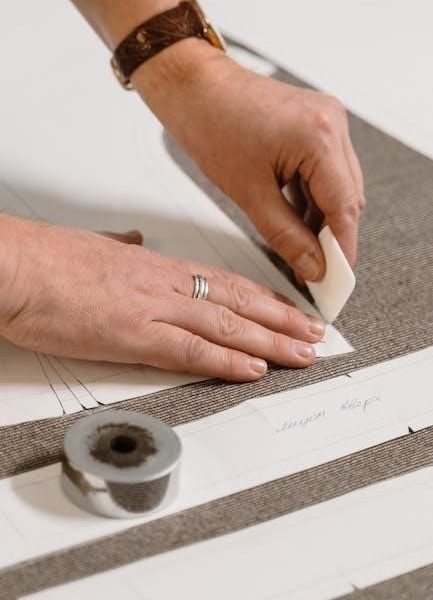
The Stryker Triathlon Total Knee System is a primary total knee replacement designed to work seamlessly with the body, offering natural movement and durability.
1.1 Overview of the Stryker Triathlon System
The Stryker Triathlon Total Knee System is a cutting-edge, primary total knee replacement solution designed to replicate natural knee movement. With its single-radius philosophy, it ensures consistent performance across all patient sizes. Over 3 million implants worldwide highlight its reliability. The system incorporates advanced materials, such as the Triathlon Tritanium baseplate, for enhanced durability and biocompatibility. Its modular design allows customization to meet diverse patient needs, ensuring optimal fit and function. The system also supports various surgical techniques, including the Chamfer Cutting Guide and Distal Resection, to streamline implantation. Its compatibility with modern surgical approaches makes it a preferred choice for orthopedic surgeons.
1.2 Importance of the Stryker Triathlon in Orthopedic Surgery
The Stryker Triathlon Total Knee System holds significant importance in orthopedic surgery due to its innovative design and clinical success. With over 3 million implants worldwide, it demonstrates exceptional reliability and patient satisfaction. Its single-radius philosophy mimics natural knee movement, enhancing postoperative recovery and functionality. The system’s advanced materials, such as the Triathlon Tritanium baseplate, ensure durability and compatibility with various surgical techniques. This makes it a preferred choice for surgeons, offering consistent outcomes and supporting modern orthopedic practices effectively.

Surgical Techniques for Stryker Triathlon Implantation
The Stryker Triathlon system employs precise bone preparation and alignment techniques, ensuring optimal fit and function. Advanced tools like the Chamfer Cutting Guide enhance surgical accuracy and outcomes.
2.1 Chamfer Cutting Guide and Its Role
The Chamfer Cutting Guide is a specialized instrument in the Stryker Triathlon system, used for precise femoral bone preparation. It ensures accurate cuts, aiding in proper rotational alignment and fit of the implant. This tool enhances surgical accuracy and contributes to successful knee replacement outcomes by facilitating precise bone resection and alignment, crucial for optimal implant positioning and function.
2.2 Distal Resection Techniques
Distal resection techniques in the Stryker Triathlon system involve precise bone preparation to ensure proper implant fit and alignment. Using instruments like the Stop Plate or Blade Runner, surgeons determine the optimal resection level, ensuring accurate cuts for the femoral and tibial components. These techniques are critical for achieving proper rotational alignment and balancing soft tissues, which are essential for implant longevity and patient mobility. The system’s design accommodates various surgical approaches, making it adaptable to individual patient anatomy and surgical preferences, thus enhancing overall surgical outcomes and patient satisfaction.
2.3 Rotational Alignment and Femoral Preparation
Rotational alignment and femoral preparation are critical steps in the Stryker Triathlon technique guide, ensuring proper implant positioning and function. The system utilizes specific instruments, such as the Chamfer Cutting Guide, to achieve precise femoral cuts and alignment. Proper rotational alignment is essential for balancing soft tissues and ensuring natural knee movement. The femoral component is prepared to accommodate the Triathlon’s single-radius design, which mimics the natural anatomy of the knee. Accurate preparation and alignment are key to achieving optimal outcomes, reducing the risk of complications, and enhancing patient mobility and satisfaction.

Key Components of the Stryker Triathlon System
The Stryker Triathlon System includes a femoral component, tibial tray, bearing surfaces, and optional patellar component, each designed to restore natural knee movement and durability.
3.1 Femoral Component Design and Functionality
The femoral component of the Stryker Triathlon System is designed for optimal fit and function, featuring a single-radius design that mimics natural knee movement. It is engineered to promote bone preservation and stability, with a cementless option for enhanced osseointegration. The component’s porous coating facilitates bone ingrowth, ensuring long-term durability. Its compatibility with various surgical techniques, including robotic-assisted procedures, allows for precise alignment and minimal bone resection. The femoral component works seamlessly with the tibial tray and patellar component to restore normal knee mechanics and provide a natural feel for patients.
3.2 Tibial Tray and Bearing Surfaces
The tibial tray in the Stryker Triathlon System is designed for secure fixation to the tibia, offering both cemented and cementless options to suit various patient needs. The bearing surfaces are crafted from advanced materials, such as highly cross-linked polyethylene, to enhance durability and minimize wear. This design supports a wide range of motion, closely mimicking the natural knee’s functionality. The combination of a stable tibial tray and robust bearing surfaces ensures smooth joint movement and contributes to the system’s overall goal of restoring natural knee mechanics and improving patient satisfaction.
3.3 Patellar Component and Its Significance
The patellar component in the Stryker Triathlon System is designed to resurface the patella, ensuring smooth articulation with the femoral component. Its design minimizes wear and tear, while also preserving natural knee mechanics. The component is optional, allowing surgeons to choose between patellar resurfacing and non-resurfacing techniques based on patient anatomy and surgical goals. This adaptability enhances surgical flexibility and contributes to improved patient outcomes. The patellar component plays a crucial role in maintaining knee function and reducing the risk of post-operative complications, making it a key element in the system’s overall success and patient satisfaction.
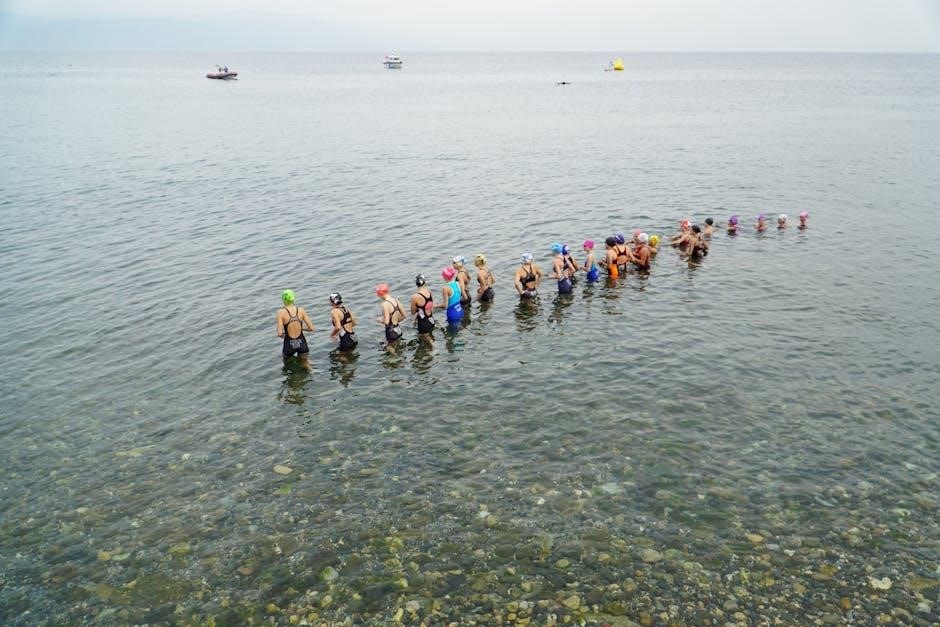
Clinical Outcomes and Success Rates
The Stryker Triathlon System demonstrates high success rates, with clinical studies showing excellent outcomes, low revision rates, and high patient satisfaction, supported by over 3 million implants worldwide.
4.1 Clinical Studies and Research Findings
Clinical studies on the Stryker Triathlon Total Knee System highlight its effectiveness, with research demonstrating excellent patient outcomes and low revision rates. A 2023 study by M. Fitzsimons reported high satisfaction and durability, while midterm follow-ups showed consistent performance. The system’s design promotes natural knee movement, contributing to positive results. Research underscores its reliability for primary and revision surgeries, with over 3 million implants worldwide. These findings validate the system’s clinical success and patient-centric design, making it a trusted choice in orthopedic surgery.
4.2 Patient Satisfaction and Recovery Rates
Patient satisfaction with the Stryker Triathlon Total Knee System is consistently high, with studies indicating improved mobility and reduced pain. Recovery rates are notably favorable, attributed to the system’s anatomical compatibility and single-radius design. Clinical data reveal that patients often achieve rapid return to daily activities, with minimal complications. The system’s emphasis on natural knee movement enhances post-operative comfort, contributing to overall patient satisfaction. Positive outcomes are further supported by the system’s widespread use, with over 3 million implants globally, underscoring its effectiveness in restoring knee function and improving quality of life for patients.
4.3 Survivorship and Longevity of the Implant
The Stryker Triathlon Total Knee System demonstrates excellent survivorship and longevity, supported by clinical studies showing a low revision rate at midterm follow-up. Its durable design and compatibility with patient anatomy contribute to long-term implant success. With over 15 years of proven performance, the system has established a track record of reliability. Advanced materials and surgical techniques further enhance implant longevity, ensuring consistent outcomes for patients undergoing total knee arthroplasty. These factors make the Triathlon system a preferred choice for surgeons and patients seeking a long-lasting solution for knee replacement.
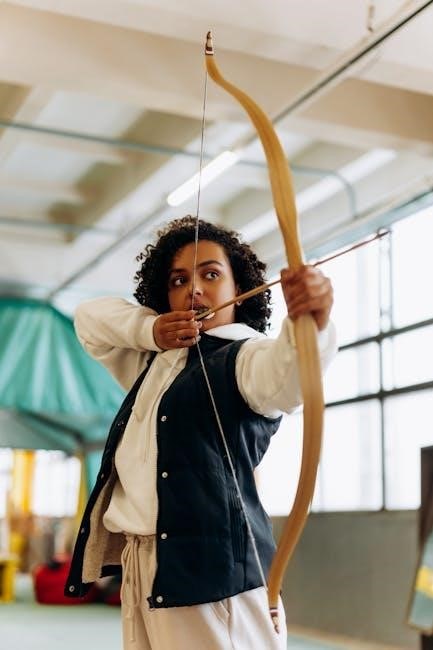
Avoiding Complications and Troubleshooting
The Stryker Triathlon system incorporates advanced guides and tools, such as the chamfer cutting guide, to minimize operative errors and ensure precise alignment during implantation.
5.1 Common Complications and Prevention Strategies
Common complications in Stryker Triathlon knee surgeries include misalignment, improper bone resection, and infection. To prevent these, surgeons use precise alignment tools and follow strict sterile protocols. Proper sizing and positioning of components are critical to avoid early wear or loosening. Additionally, adhering to the chamfer cutting guide ensures accurate femoral preparation, reducing the risk of rotational mismatches. Post-operative care, including physical therapy and infection control measures, further minimizes complications. By following the technique guide and maintaining surgical precision, surgeons can enhance patient outcomes and longevity of the implant.
5.2 Intraoperative Troubleshooting Techniques
During Stryker Triathlon knee implantation, intraoperative issues like component malalignment or sizing mismatches can arise. To address these, surgeons may adjust the chamfer cutting guide or re-evaluate femoral and tibial preparations. Trials are used to assess range of motion and stability, ensuring proper fit before final implantation. If instability is detected, soft tissue balancing or adjusting the tibial tray position may be necessary. Proper cementation techniques and adherence to the technique guide are critical to avoid early complications. Real-time adjustments during surgery help achieve optimal alignment and functionality, enhancing patient outcomes and implant longevity.
5.3 Management of Post-Surgical Issues
Post-surgical issues with the Stryker Triathlon system may include infection, swelling, or limited mobility. Monitoring for signs of infection, such as redness or fever, is crucial. Pain management is typically addressed with prescribed medication. Swelling can be reduced through elevation and ice therapy. Physical therapy plays a key role in restoring strength and range of motion. If complications arise, such as component loosening, revision surgery may be necessary. Regular follow-ups with the surgeon ensure timely identification and resolution of any post-operative concerns, optimizing recovery and long-term implant success.
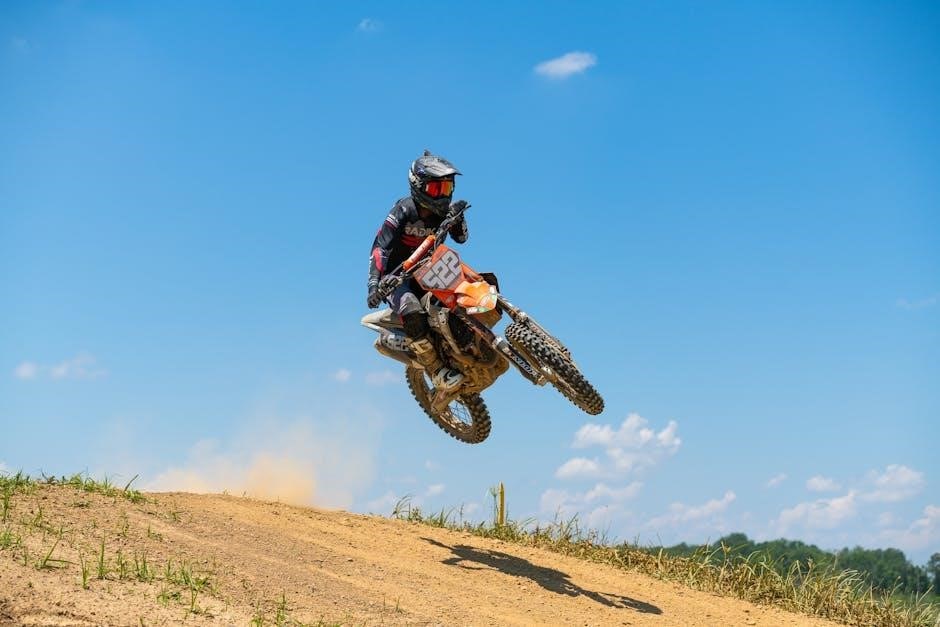
Post-Operative Care and Rehabilitation
Post-operative care involves monitoring for complications, managing pain, and initiating physical therapy to restore strength and mobility. Regular follow-ups ensure proper recovery and implant functionality.

6;1 Rehabilitation Strategies for Optimal Recovery
Rehabilitation after Stryker Triathlon knee surgery focuses on restoring strength, flexibility, and range of motion. Early mobilization and weight-bearing exercises are crucial. Physical therapy routines include targeted exercises to improve knee function and gait. Patient education on proper movement and activity modification is essential to prevent complications. Gradual progression of activities ensures safe recovery. The goal is to achieve full functional mobility and return to daily activities within a few months, supported by personalized rehabilitation plans tailored to individual patient needs and surgical outcomes.
6.2 Recovery Timeline and Milestones
The recovery process for patients with the Stryker Triathlon system typically spans several months. Immediate post-surgery recovery focuses on pain management and basic mobility. Within weeks, patients often regain knee range of motion and strength through physical therapy. By 3-6 months, most achieve significant functional improvement, allowing a return to daily activities. Full recovery and optimal knee function are usually realized within 6-12 months. Milestones include independent walking, stair navigation, and resumption of low-impact activities. Individual progress may vary based on pre-surgery condition, adherence to therapy, and overall health.
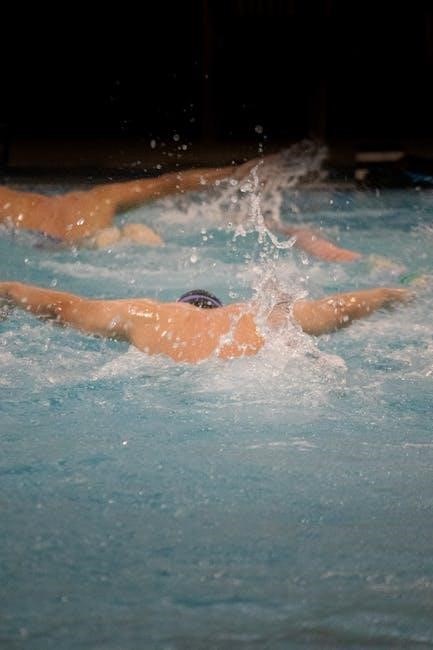
6.3 Physical Therapy and Exercise Routines
Physical therapy is crucial for optimal recovery after Stryker Triathlon knee implantation. Early exercises focus on range-of-motion activities, such as heel slides and knee bends, to restore flexibility. Strengthening routines, including quad sets and straight-leg raises, enhance muscle stability. Balance training and gait exercises improve mobility and coordination. Patients progress to weight-bearing activities and functional exercises as strength returns. A structured therapy plan, tailored to individual needs, ensures gradual and safe recovery. Consistency in following prescribed routines accelerates healing and maximizes the implant’s longevity and performance, helping patients return to normal activities effectively.
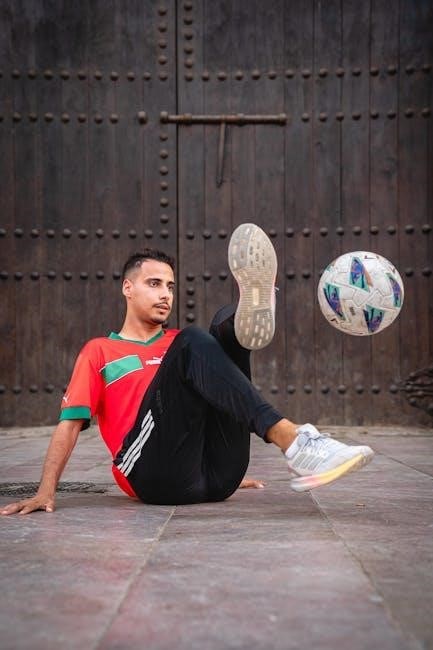
Biomechanics and Natural Movement
The Stryker Triathlon Total Knee System is designed to mimic natural knee movement through its single-radius technology, ensuring compatibility with patient anatomy for optimal stability and mobility.
7.1 Design Elements for Natural Knee Movement
The Stryker Triathlon Total Knee System incorporates a single-radius design philosophy, mirroring the natural anatomy of the knee. This design ensures consistent motion and stability, promoting a more natural feel for patients. The system’s curved femoral component and matching tibial insert work in harmony to replicate the knee’s biomechanical movement. By maintaining the same center of rotation as a healthy knee, the Triathlon system enhances flexion and extension, allowing patients to perform daily activities with greater ease and confidence; This biomechanical compatibility contributes to improved patient outcomes and satisfaction.
7.2 Compatibility with Patient Anatomy
The Stryker Triathlon Total Knee System is engineered to align with diverse patient anatomies, ensuring a personalized fit and optimal performance. Its curved femoral component and single-radius design mirror the natural knee’s motion, providing consistent stability and reducing stress on surrounding tissues. The system’s modular design offers a range of sizes to accommodate varying patient needs, ensuring precise fit and function. This anatomical compatibility enhances post-surgical mobility and minimizes wear, contributing to long-term implant success and patient satisfaction.
7.3 Adaptive Features for Various Patient Needs
The Stryker Triathlon Total Knee System incorporates adaptive features to cater to diverse patient needs, ensuring a tailored surgical experience. Its curved femoral component and single-radius design adapt to individual anatomies, promoting natural movement. The system’s modular tibial inserts and sizing options accommodate varying body types and activity levels. Surgeons can customize the implant during surgery, enhancing fit and function. These adaptive features ensure optimal outcomes, whether for active patients or those with unique anatomical requirements, making the Triathlon system versatile and effective in addressing a wide range of patient needs.

Comparison with Other Knee Systems
The Stryker Triathlon Total Knee System stands out for its single-radius design and compatibility with patient anatomy, offering superior adaptability compared to other systems like Stryker Scorpio and DePuy PFC Sigma.
8.1 Feature Comparison with Competitor Systems
The Stryker Triathlon Total Knee System is often compared to other knee systems like the Stryker Scorpio and DePuy PFC Sigma. Triathlon’s single-radius design promotes natural knee movement, differing from multi-radius systems. Its compatibility with patient anatomy reduces stress shielding and enhances durability. Competitor systems may offer similar longevity but lack Triathlon’s advanced instrumentation for precise fit and alignment. Triathlon’s design caters to various patient needs, making it a preferred choice for surgeons seeking adaptability and reliability in knee arthroplasty. Its success is evident in over 3 million implants worldwide, showcasing its effectiveness in orthopedic surgery.
8.2 Clinical Outcome Comparisons
Clinical studies demonstrate the Stryker Triathlon Total Knee System’s effectiveness, with lower revision rates compared to competitor systems. Research by Fitzsimons (2023) highlights its reliability, showing a 95% survivorship rate at 10 years. Competitor systems like DePuy PFC Sigma and Stryker Scorpio also perform well but may have higher complication rates in certain cases. Patient satisfaction surveys indicate Triathlon’s design promotes natural movement, reducing recovery time. While competitor systems offer similar durability, Triathlon’s advanced instrumentation reduces surgical errors, enhancing long-term outcomes. Its proven track record, with over 3 million implants, underscores its clinical success and surgeon preference.
8.3 Surgeon and Patient Preferences
The Stryker Triathlon Total Knee System is highly favored by surgeons for its ease of use and compatibility with various patient anatomies. Patients often report high satisfaction due to its natural knee movement and reduced recovery time. Surgeons appreciate its advanced instrumentation, which minimizes surgical errors. Compared to other systems, Triathlon’s design promotes better alignment and stability, making it a preferred choice for both primary and revision procedures. Its long-term durability and compatibility with modern surgical techniques further enhance its appeal, ensuring both surgeons and patients benefit from its cutting-edge technology and proven clinical success.
The Stryker Triathlon Total Knee System has proven its success through millions of implants, offering natural movement and compatibility with patient anatomy, paving the way for future innovations;
9.1 Summary of Key Points
The Stryker Triathlon Total Knee System has demonstrated exceptional success in orthopedic surgery, offering a durable and natural knee movement solution. With over 3 million implants worldwide, it has proven its reliability and compatibility with patient anatomy. Its design emphasizes single-radius philosophy, ensuring optimal femoral rollback and stability. The system’s versatility accommodates various surgical techniques, including cemented and cementless options, catering to different patient needs. Clinical outcomes highlight high patient satisfaction and low revision rates, making it a preferred choice for surgeons. These factors underscore its continued relevance in advancing knee arthroplasty.
9.2 Future Advancements and Innovations
Future advancements for the Stryker Triathlon system may focus on integrating advanced materials like Tritanium technology for enhanced durability. Personalized implants using 3D printing could offer better anatomical compatibility. Robotics and AI-driven surgical tools may improve implantation accuracy, reducing recovery times. Additionally, wearable sensors could monitor implant performance post-surgery, enabling remote patient care. These innovations aim to further elevate patient outcomes and satisfaction, solidifying the system’s leadership in orthopedic solutions.